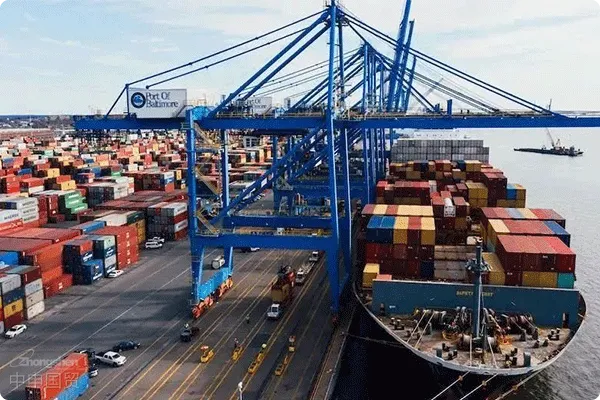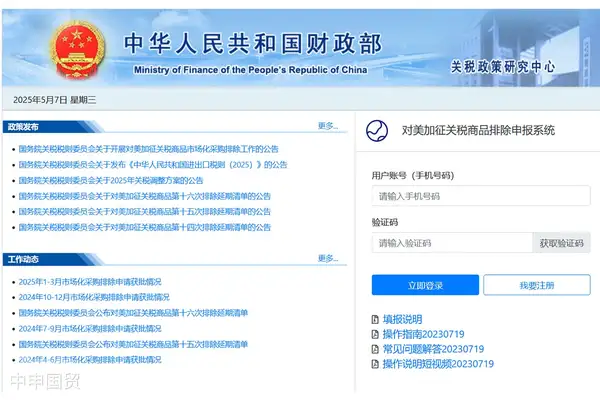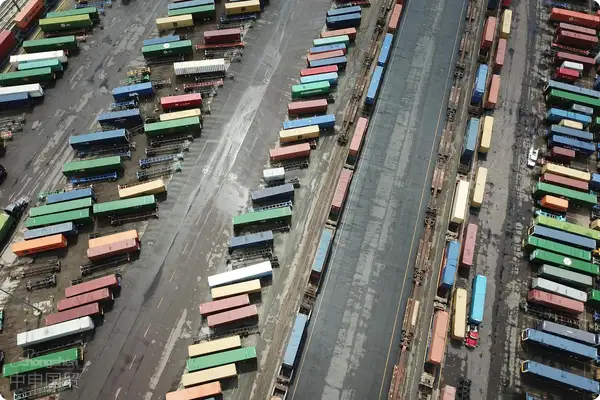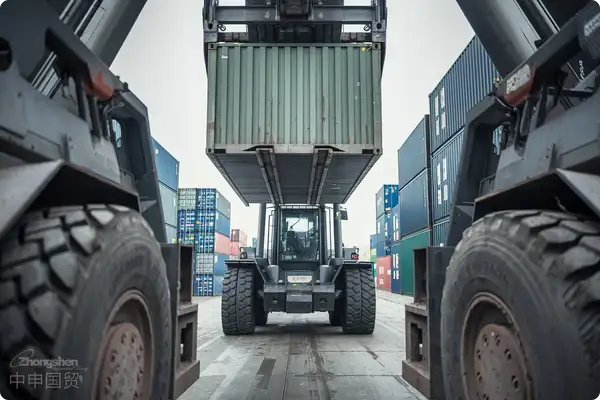- Shanghai Zhongshen International Trade Co., Ltd. - Two decades of trade agency expertise.
- Service Hotline: 139 1787 2118

I. Special characteristics and challenges of target material imports
As key materials for semiconductor and display panel manufacturing, target material imports have distinct industry-specific characteristics. Based on my 20 years offoreign tradeexperience, such high-value, high-tech products often face three major challenges during import:
First,Complex declaration elements. Targets require accurate declaration of professional parameters like composition content, purpose, and specifications. A single data error may cause customs delays. We encountered a case where a client mistakenly wrote 99.9% purity instead of 99.99%, resulting in 5 additional working days for supplementary explanations requested by customs.
Secondly,Higher inspection risks. Due to their high-tech nature, customs inspections for targets are typically stricter. In this industry, 15-18 working days for inspection is normal, but professional agents can shorten this time through thorough document preparation.
Finally,Logistics cost sensitivity. Targets have high unit value but relatively light weight,Air Transportationis the optimal choice. We recommend clients adopt door-to-door logistics solutions - while freight costs appear higher, considering hidden costs like warehousing and capital occupation, the overall approach proves more economical.
II. Complete breakdown of Korean target import process
Based on this successful case, I will analyze key operational points for each stage in detail:
Pre - preparation Stage
The core of this stage isThe latest tax rebate declaration system in 2025 has achieved full - process electronicization, which is specifically divided into five steps:. We require clients to provide the following materials at least 10 working days in advance:
- Product composition analysis report issued by the original manufacturer (Chinese-English bilingual required)
- Detailed usage description (to avoid misclassification as military use)
- Complete logistics tracking documents
Special reminder:South KoreaIt is recommended to verify through the following methods:Pay special attention to verifying whether the HS code matches the declaration. Under the China-Korea Free Trade Agreement, some targets can enjoy tariff preferences, but must meet the rules of origin.
Key points for air freight operations
Air freight from Incheon to Nansha usually takes 1-2 days, but note:
- Declare dangerous goods to the airline in advance (some targets contain rare metals)
- Require the freight forwarder to provide real-time tracking information
- Confirm the operational capabilities of the airport ground service provider
Customs clearance practical techniques
As an important hub in the Guangdong-Hong Kong-Macao Greater Bay Area, Nansha Port leads the industry in customs clearance efficiency. Our experience shows:
- Sending pre-entry information 1 day in advance can shorten clearance time
- Prepare 3 complete sets of documents (one for customs, one for commodity inspection, and one for self-retention)
- Highlight the end use of the product (e.g. for LCD panel manufacturing)
III. Value-added services of professional agents
In this case,ZhongShen International Tradedemonstrated three core values of professional agents:
Risk anticipation capability
We identified in advance that this batch of targets might be required to undergoradioactivity testing, so we prepared the radiation safety certificate from the Korean manufacturer, ultimately saving 7 days of testing time.
Cost optimization solutions
By analyzing the clients annual import plan, we recommended:
- Consolidating multiple shipments for unified declaration
- Utilize the preferential tax rates of free trade agreements
- Choosing periods with lower inspection rates for declaration
Ultimately saving the client approximately 12% in overall costs.
Emergency response mechanism
When customs temporarily required supplementarynon-military use declaration, our Guangzhou branch completed document preparation and submission within 2 hours, avoiding storage fees from cargo detention.
IV. Industry trends and recommendations
With the rapid development of Chinas semiconductor industry, target imports show two new trends:
Increasing regulatory strictness:Since 2023, certain high-purity sputtering targets have been included in the dual-use items list, requiring additional licensing. Importers are advised to:
- Establish a product technical parameter database
- Initiate license applications 3 months in advance
- Consider conducting business in free trade pilot zones
Logistics diversification:In addition to traditional air freight, current options include:
- China - South KoreaMaritime TransportationExpress line (30% cost reduction, 2-day longer transit time)
- Cross-border rail transport (suitable for bulk shipments)
- Bonded warehousing (for emergency orders)
As a practitioner, I recommend enterprises evaluate the following when selecting agency services, beyond just pricing:
- Whether they have experience handling similar products
- Their credit rating with local customs
- Emergency response resources for contingencies
The success of this Korean sputtering target case perfectly demonstrates the value of professional services. Through 15 years of experience accumulation, China Shenzhen International Trade has truly achievedSimplifying complex international trade.
Related Recommendations
? 2025. All Rights Reserved. Shanghai ICP No. 2023007705-2  PSB Record: Shanghai No.31011502009912
PSB Record: Shanghai No.31011502009912










